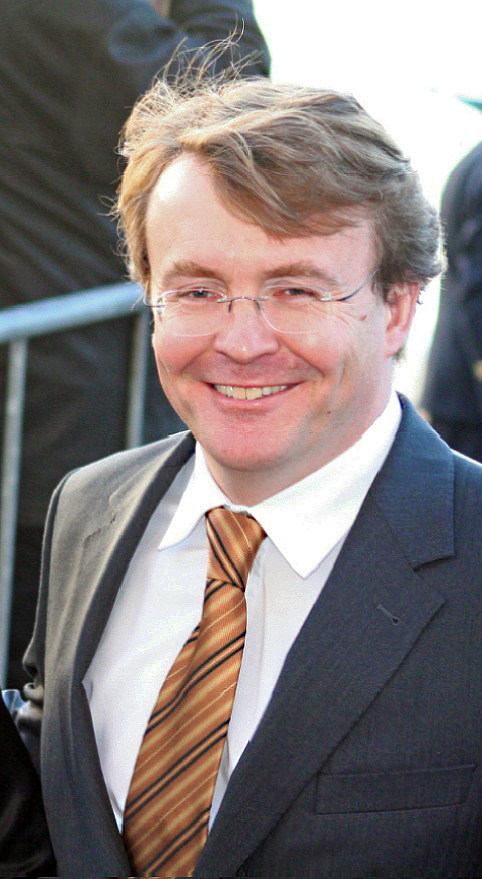by Scott Mehl © Unofficial Royalty 2014
Princess Mabel of Orange-Nassau
Princess Mabel of Orange-Nassau is the widow of the late Prince Friso of Orange-Nassau, son of Queen Beatrix of the Netherlands. She was born Mabel Martine Los on August 11, 1968, in Pijnacker, the Netherlands, the daughter of Hendrik Los and Florence Kooman. Her father passed away in 1978 and when her mother remarried in 1984, Mabel took her stepfather’s surname – Wisse Smit.
Mabel graduated from the Gemeentelijk Gymnasium in Hilversum in 1986 and enrolled in the University of Amsterdam, studying economics and political science. She graduated with honors in 1993. During her education, she became very interested in human rights issues and specialized in Balkan diplomacy and international relations.
In June 2003, Mabel’s engagement to Prince Friso was announced. It soon came to light that the couple had been vague in responding to some questions from the government, regarding Mabel’s’ previous interactions, and a reported relationship with a known drug lord. Due to this, the government announced that they would not seek parliamentary consent for the marriage. Therefore, Friso lost his title as Prince of the Netherlands and his place in the line of succession. He retained his personal title of Prince of Orange-Nassau and was given the hereditary title Count of Orange-Nassau, with the surname Orange-Nassau van Amsberg.
The couple was married in Delft, the Netherlands on April 24, 2004. Following a civil ceremony, a religious ceremony was held in the Oude Kerk. Mabel became HRH Princess Mabel of Orange-Nassau. Friso and Mabel had two daughters:
- Countess Luana of Orange-Nassau van Amsberg (born 2005)
- Countess Zaria of Orange-Nassau van Amsberg (born 2006)
In February 2012, Prince Friso was critically injured in a skiing accident in Lech, Austria. Having been buried by an avalanche, he suffered significant oxygen deprivation and cardiac arrest and was in a coma. He was transferred to a hospital in London, closer to the family’s home a few weeks later. In July 2013, it was determined that he no longer needed hospital-based medical care, and he was brought to Huis ten Bosch Palace in The Hague, the Netherlands, his mother’s official residence. The next month, on August 12, 2013, Prince Friso passed away. He was buried in Lage Vuursche, near Castle Drakensteijn where he grew up.
Princess Mabel continues her work as a prominent human rights activist. She was the co-founder of the European Action Council for Peace in the Balkans in 1994 and served as Director until 1997. From 1997 to 2008, she worked for the Open Society Foundations, first in Brussels, as Director of EU Affairs, and then from 2002 in London, as International Advocacy Director. In 2008, she became the first CEO of The Elders, overseeing the day-to-day operation of the organization. She stepped down in 2012 after Prince Friso’s accident but remains a member of the advisory council in her capacity as Advisory Committee Chair of Girls Not Brides: The Global Partnership to End Child Marriage. She also serves as Chair of the European Council on Foreign Relations which she co-founded in 2007, and an Advisory Board member of the Open Society Foundations, since 2012.
This article is the intellectual property of Unofficial Royalty and is NOT TO BE COPIED, EDITED, OR POSTED IN ANY FORM ON ANOTHER WEBSITE under any circumstances. It is permissible to use a link that directs to Unofficial Royalty.




































